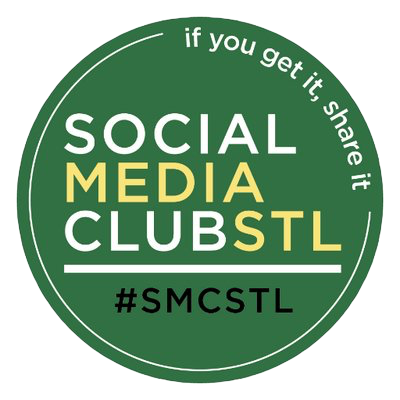Jessica Hitchcock and Janessa Williams, two local STL artists, joined us yesterday to discuss how to use social media for artists–from building an audience, to selling artwork, and more. We were lucky to have such humble, kind, and valuable speakers join us for a roundtable discussion with other local artists and social media professionals.
On marketing channels
Instagram has become like something of an artist’s business card. It is one of the best places to connect with people, engage, share your work, and communicate about how your audience can purchase or get involved. That being said, some artists succeed with Facebook, and for some, TikTok is becoming a more important channel. Ultimately, as Janessa and Jessica told us, you have to be true to yourself and your audience. If you or they are not normally on Instagram, don’t use that or any other platform just because everyone else does.
Both Jessica and Janessa shared that their approach to social media is not fully professional or fully personal/non-professional. You want people to land on your social media profiles and recognize that you are an artist, so it helps to have a lot of your content feature your art, but an advantage of social media is that you can peel back the curtain and show a little of who you are as well. Whether you use stories or reels or something else, your audience will likely appreciate seeing who you are and learning what you’re experiencing now and then.
How to get more followers
Whether you’re a journalist, an analytics pro, or someone else, if you have something to promote or sell, it helps to build your audience. The number one thing that Janessa and Jessica recommended is prioritizing actually connecting with people. As Jessica put it, “Don’t post and ghost.” Spend time looking for other artists or people you can genuinely connect with, and then, put forth the effort to build a relationship with them. When you show up for others, they will show up for you.
As you work to build your audience, one of the most valuable behaviors you can cultivate is consistency–consistency of voice, posting frequency, and more. You do not have to follow a specific posting schedule, and you definitely do not have to post constantly, but you also don’t want to disappear from your followers’ feeds for too long. Many people will miss some of your posts, so keep up your posting, be consistent, and remember to bring things back up that you’ve posted in the past because some people might not have seen them.
Copyright and making sales
Social media is one of the best ways to promote your art, give people an insight into the process, share when you’ll be at events, and engage with your audience. When artists share though, there is always the risk that someone will steal, copy, or otherwise use your art in a way you might not like. Unfortunately, as Jessica shared, copyright can be a murky area of the law. If someone copies your work, but they’re not selling anything, they might just be an artist that is working to improve. Someone might copy your style, but not the makeup of your art. Are those unlawful actions? Maybe. Maybe not.
When you do put out your work in social media, more people are going to want to buy it than want to infringe upon or steal it. It can take some time to find the right audience, but the longer you work at it, the more likely it will be that you will find them. As Janessa and Jessica told us though, you experience similar things in art to other categories. If people expect your work to go on discount, they will wait until the discount time before purchasing anything. As a result, you should limit any sales discounts to a reasonably small percentage, limit the frequency at which you discount, and try to only discount older products, which comes back around to a point made previously. Many people do not see everything you post, so make sure you re-post artwork from the past that has not sold. It will very likely be new to someone in your audience.

